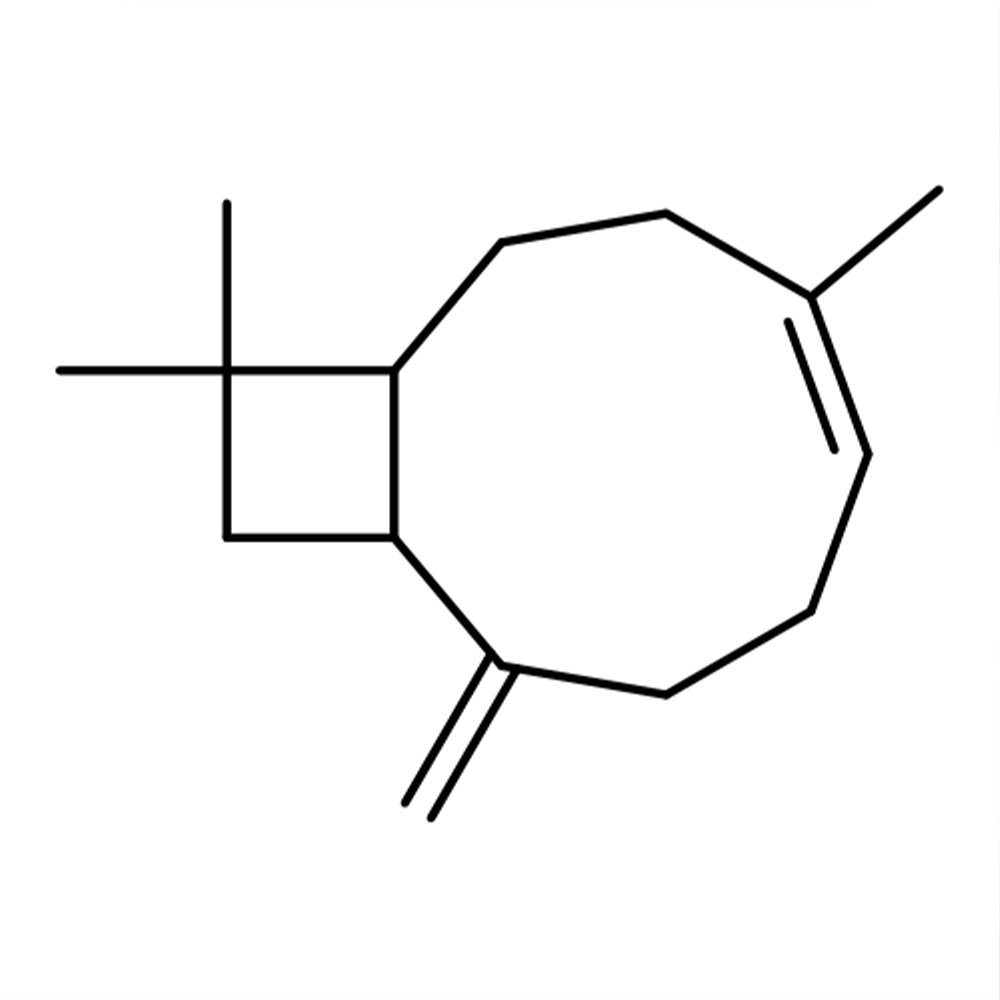Thymol
Synthetic Ingredient For Perfumery
Thymol, also known as 2-isopropyl-5-methylphenol, is a natural monoterpene phenol derivative prominent for its aromatic odor and strong antiseptic properties. Extracted from Thymus vulgaris and related plants, Thymol offers a spicy, medicinal scent with camphoraceous nuances, commonly used in perfumery and personal care products for its warm, herbaceous fragrance and flavor. Its solubility in alcohols and organic solvents further enhances its application versatility.
Synthetic Ingredient For Perfumery
Thymol, also known as 2-isopropyl-5-methylphenol, is a natural monoterpene phenol derivative prominent for its aromatic odor and strong antiseptic properties. Extracted from Thymus vulgaris and related plants, Thymol offers a spicy, medicinal scent with camphoraceous nuances, commonly used in perfumery and personal care products for its warm, herbaceous fragrance and flavor. Its solubility in alcohols and organic solvents further enhances its application versatility.
Synthetic Ingredient For Perfumery
Thymol, also known as 2-isopropyl-5-methylphenol, is a natural monoterpene phenol derivative prominent for its aromatic odor and strong antiseptic properties. Extracted from Thymus vulgaris and related plants, Thymol offers a spicy, medicinal scent with camphoraceous nuances, commonly used in perfumery and personal care products for its warm, herbaceous fragrance and flavor. Its solubility in alcohols and organic solvents further enhances its application versatility.
Synthetic Ingredient Overview
🏭 Manufacturer: Industrial synthesis (via p-Cymene, Piperitone)
🔎 IUPAC Name: 2-Isopropyl-5-methylphenol
🧪 Synonyms: Thymol, IPMP
🧬 Chemical Formula: C₁₀H₁₄O
📂 CAS N°: 89-83-8
📘 FEMA: 3066
⚖️ MW: 150.22 g/mol
📝 Odor Type: Fresh
📈 Odor Strength: High (≈176 h on strip at 10% dilution)
👃🏼 Odor Profile: Spicy, phenolic, thyme-like; with camphoraceous, medicinal and herbaceous facets
👅 Flavor Profile: Sweet-medicinal, spicy-herbaceous, woody; reminiscent of eucalyptol blends
⚗️ Uses: Citrus-mint blends, savory herbaceous accords, functional perfumery and flavor applications
🧴 Appearance: White crystalline solid
What is Thymol?
Chemically known as 2-isopropyl-5-methylphenol, Thymol is a phenolic monoterpene with deep aromatic roots in Mediterranean botany. Originally isolated from Thymus vulgaris, its structure is closely related to carvacrol, but its scent is softer, warmer, and less tarry. Though often used as a synthetic, it occurs in over a dozen essential oils, including ajowan, monarda, and oregano.
What sets Thymol apart from many phenolic ingredients is its pleasantly medicinal yet aromatic profile. Where phenol or cresol evoke harsh or burnt facets, Thymol remains herbaceous, warm, and almost sweet, particularly at lower dilutions. This makes it a valuable tool for both naturalistic fougères and synthetic herbal-mint compositions.
Thymol’s antiseptic properties, known since antiquity, also contribute to its broad appeal in flavor and pharmaceutical products. Historically, it was used in Middle Eastern za’atar as a digestive aid and antiparasitic, and Native American groups like the Blackfoot employed Monarda spp. (natural thymol sources) to treat skin infections and dental issues.
Olfactory Profile & Perfumery Applications
Thymol is intensely aromatic, working primarily in the top to heart note register. Its opening is sharp and phenolic, with a camphoraceous lift, but it quickly settles into a robust thyme-like warmth.
It works particularly well in:
Herbal-citrus blends with mint, lime, or mandarin
Fougère structures, especially with lavender, oakmoss, or coumarin
Savory-aromatic accords including rosemary, sage, and clove
Functional perfumery, such as antiseptic-smelling room sprays or dental care formulations
Despite its strength, Thymol integrates easily into compositions. It can be softened with materials like menthol, eucalyptol, terpineol, or even paired with resinoids and aldehydes for retro-medicinal or aromatic blends.
Industrial & Technical Uses
In the flavor and pharma sectors, Thymol plays a dual role as both odorant and bioactive. In flavors, it is used at low ppm levels in:
Toothpaste, chewing gum, mouthwashes
Cough drops and lozenges
Savory spice blends (especially for imitation mandarin, thyme, or oregano)
It also demonstrates:
Antibacterial activity, by reducing glucose uptake and lactate production
Antifungal effect, through membrane disruption and hyphal damage
Synergistic action with chlorhexidine and other antiseptics
In beekeeping, Thymol is used to control Varroa mites and prevent mold in hives. It is also found as a preservative in halothane anesthetics.
Thymol’s strong but non-persistent profile makes it suitable for use as a natural pesticide, particularly in organic agriculture.
Regulatory & Safety Overview
IFRA: No specific restrictions at typical usage levels
EU Allergens: Trace presence in natural thyme oils; not directly listed
FEMA GRAS: FEMA 3066 — approved for flavor use
ECHA Classification: Not classified as hazardous under CLP
Toxicology:
~5× less toxic than phenol
Demonstrates low sensitization and phototoxicity
Biodegradable and non-accumulative
✅ Considered safe across perfumery, oral care, and food applications when used under recommended concentrations.
Natural Occurrence
Thymol is a naturally occurring compound in various members of the Lamiaceae family, including:
Thymus vulgaris, T. zygis, T. glandulosus, T. hyemalis
Origanum vulgare, O. compactum, O. dictamnus
Monarda fistulosa, M. didyma
Euphrasia rostkoviana, Trachyspermum ammi
Production Methods
Thymol can be produced by:
Alkylation of p-cresol, followed by sulfonation and isopropylation
Dehydrogenation of piperitone, yielding both menthol and thymol
Oxidation of p-cymene, a natural component of turpentine
Minor isolation from Ajowan oil (traditional Indian method)
Additional Information
Despite its "phenolic" label, Thymol's odor is cleaner, less aggressive, and far more floral-herbal than most simple phenols. It’s precisely this character—both medicinal and agrestic—that allows it to bridge clinical and aromaticterritory.
With growing interest in natural and functional fragrances, Thymol is once again gaining relevance—not only for its distinct scent but also for its pharmacological versatility and proven antimicrobial action in modern formulations.
Sources
Fulvio Ciccolo — Internal Archive, 2023
Steffen Arctander – Perfume and Flavor Chemicals
NCBI PubChem CID 6989 – Thymol
FEMA GRAS Database #3066






